Govt Primary School Students: Curious fall in number
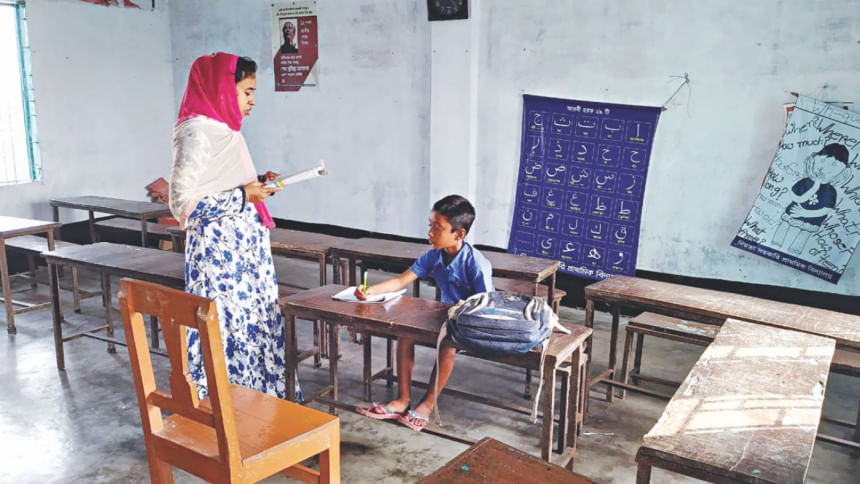
It's a sorry picture, and it represents the state of thousands of government primary schools in the country.
Until a few years ago, this school in Manikganj had more than 300 students. Today, there are only 22 -- 8 in the morning shift and 14 in the day shift. In class-II, there is just one student (picture above).
Now named Nimta Govt Primary School, it was established in 1972 and nationalised in 2013. There are only four teachers now, including the acting headteacher.
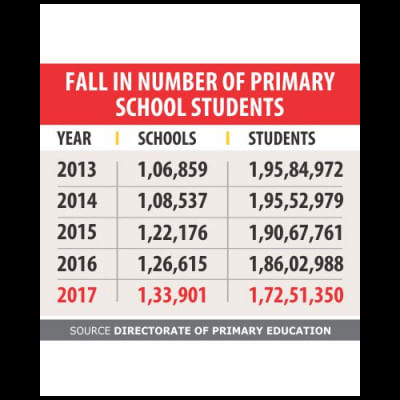
Like in this school, enrolment in government primary schools across the country is falling in recent years.
In 2013, some 1.96 crore students enrolled in government primary schools. The number came down to 1.73 crore last year, according to the Annual Primary School Census done by the Directorate of Primary Education (DPE).
The DEP's annual performance report last year revealed a gloomy picture.
As many as 5,036 government primary schools have fewer than 100 students. Of them, two schools have fewer than 10 students, 23 schools fewer than 20 students and 446 schools fewer than 50 students, the report said.
Slower population growth may be a key factor here, but that is not the only reason.
Many parents are sending their children to privately-run schools, including English-medium ones, for better education. On the other hand, many religious-minded and low-income people prefer madrasa education for their kids, experts said.
In many government schools, infrastructures are poor and classrooms are crowded. Also, the number of teachers is inadequate, said Manzoor Ahmed, professor emeritus at Brac University.
As of last year, there were 1,33,901 government primary schools, Ebtedayee madrasas and kindergartens across the country. Of them, 7,764 schools had only three teachers; 721 had two and 79 were run by a single teacher, the DPE data show.
“So those who can afford other options are not interested in sending their children to these schools with poor infrastructure, overcrowded classrooms, and inadequate number of teachers,” said Prof Manzoor, also a senior adviser at the Brac University Institute of Educational Development.
Asked, DPE officials said that in the past some dishonest teachers, school management committees and field-level education officials provided inflated figures of enrolment to get higher stipend from the government. It was later stopped and the enrolment figures started to come down.
DPE Director General Abu Hena Mostofa Kamal said that because of their intervention, schools have stopped sending inflated figures. Slower population growth is another reason for the decline in enrolment.
Eminent educationist Rasheda K Choudhury agrees only partially.
"It is true that the number of students in primary schools is falling because of the decreasing population growth. But the number should not be this low," she said.
Failing to meet the ever-increasing education costs, poor people are sending their children to Qawmi madrasas, she added.
“Not only the well-off section, but also the middle-income people are opting for English-medium schools as the overall standard of primary schools has fallen,” said Rasheda, also executive director of Campaign for Popular Education.
The former adviser to a caretaker government noted that the number of Qawmi madrasas and English-medium schools are rising and so is the number of their students.
Prof Manzoor echoed her view. "Proper education is not available at many primary schools.”
The DPE's Sector Performance Report 2017 also acknowledges this.
“A policy intervention is needed to ensure at least four teachers in a school. Otherwise, it is not possible to deliver quality education,” said the report.
Both the number of English-medium schools and their students have been on the rise in the last five years, according to Bangladesh Bureau of Educational Information and Statistics.
There were 53,000 students at 78 registered English-medium schools in 2013. Last year, the number of students rose to 80,511 and the number of schools to 147.
However, sources said there were about 350 such schools in the country and many were not registered.
The exact number of students in Qawmi madrasas is not available as these institutions are not registered with any government agency. But some estimates suggest there are 14,000 Qawmi madrasas.
Fariduddin Masoud, chairman of Bangladesh Jamiatul Ulama, said the number of students at Qawmi madrasas were rising, although he could not give any figures.
[Our Manikganj correspondent contributed to this report.]
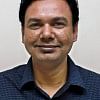
 For all latest news, follow The Daily Star's Google News channel.
For all latest news, follow The Daily Star's Google News channel. 

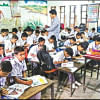
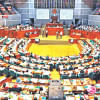



Comments